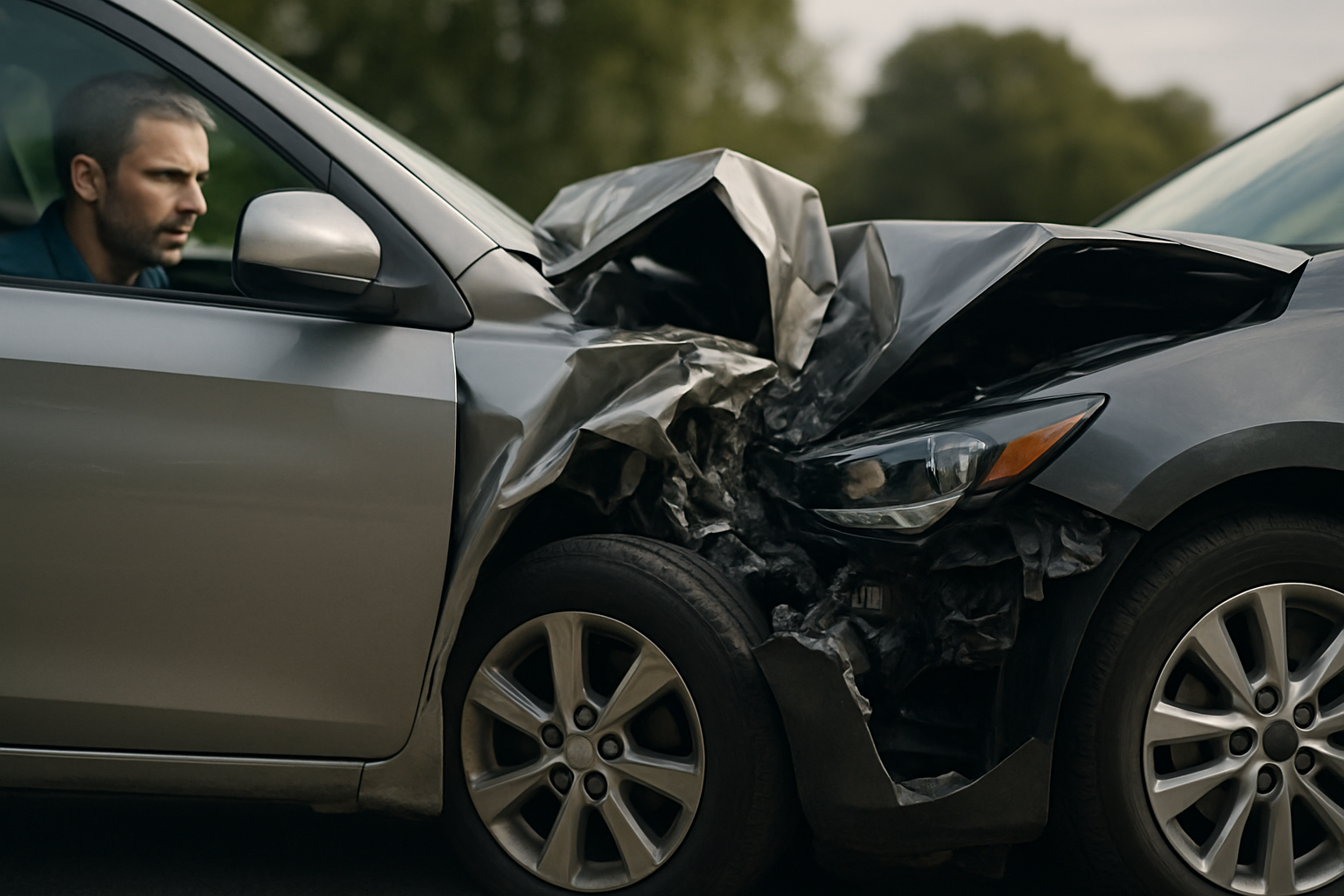Crumple Zones: The Unsung Heroes of Automotive Safety
The gentle crunch of metal folding like an accordion might not seem like a lifesaving sound, but in the world of automotive safety, it's music to an engineer's ears. Crumple zones, the carefully designed areas of a vehicle that deform during a collision, have revolutionized passenger protection. This often-overlooked feature has become a cornerstone of modern vehicle design, silently saving lives on roads around the world.

The concept of crumple zones emerged in the 1950s, pioneered by Mercedes-Benz engineer Béla Barényi. His groundbreaking idea was to create designated areas of the vehicle that would absorb and dissipate impact energy, rather than allowing it to reach the passenger compartment. This marked a paradigm shift in automotive safety design, moving from a focus on rigidity to controlled deformation.
The Science Behind the Crunch
At its core, the principle of crumple zones is rooted in basic physics. When a moving vehicle collides with another object, the kinetic energy must be dissipated somewhere. By designing specific areas of the car to deform in a controlled manner, engineers can extend the time over which the collision occurs. This longer duration of impact reduces the peak force experienced by the occupants, significantly decreasing the likelihood of severe injury.
The materials used in crumple zones are carefully selected for their energy-absorbing properties. High-strength steels, aluminum alloys, and even composite materials are strategically employed to create a structure that collapses progressively under impact. This controlled deformation not only absorbs energy but also helps to redirect the forces away from the passenger compartment.
Engineering the Perfect Collapse
Designing effective crumple zones is a complex balancing act. Engineers must create a structure that is strong enough to protect occupants during normal driving conditions but will deform predictably in a collision. This requires extensive computer modeling, crash testing, and iterative design processes.
One key aspect of crumple zone design is the use of load paths. These are predetermined routes through which the force of an impact is channeled. By carefully engineering these paths, designers can ensure that the energy is dissipated in the most efficient manner possible, maximizing the protection offered to the vehicle’s occupants.
Additionally, modern crumple zones are often designed with multiple stages of deformation. This allows them to provide protection in a wide range of collision scenarios, from low-speed fender benders to high-speed impacts. The goal is to create a system that can adapt to different types of crashes, providing optimal protection in each situation.
Beyond the Front End
While the front and rear of a vehicle are the most obvious locations for crumple zones, modern automotive design incorporates energy-absorbing structures throughout the entire vehicle. Side-impact protection, for example, often includes reinforced door beams and strategically placed crumple zones in the vehicle’s pillars.
The roof structure of modern vehicles also incorporates crumple zone principles to protect occupants in the event of a rollover. By designing the roof to deform in a controlled manner, engineers can significantly reduce the risk of crush injuries in these particularly dangerous accidents.
Even the interior of the vehicle is designed with energy absorption in mind. Dashboards, steering columns, and other components are engineered to collapse or deform in specific ways during a crash, further reducing the risk of injury to occupants.
The Future of Crumple Zones
As automotive technology continues to advance, so too does the design and implementation of crumple zones. The integration of advanced materials, such as carbon fiber composites and nano-engineered metals, promises to create even more effective energy-absorbing structures without adding significant weight to vehicles.
Furthermore, the advent of smart materials and adaptive structures could lead to the development of crumple zones that can adjust their properties in real-time based on driving conditions or the specifics of an impending collision. Imagine a vehicle that could instantly optimize its crash protection based on the speed, angle, and type of impact it’s about to experience.
The rise of electric vehicles has also presented new challenges and opportunities in crumple zone design. The absence of a large internal combustion engine in the front of these vehicles allows for more creative approaches to energy absorption, potentially leading to even safer vehicle structures.
As we look to the future of automotive safety, it’s clear that crumple zones will continue to play a crucial role. While advanced driver assistance systems and autonomous technologies may help prevent many accidents, the laws of physics ensure that crumple zones will remain an essential last line of defense for vehicle occupants. The next time you hear that distinctive crunch in a collision, remember that it’s the sound of engineering saving lives.





